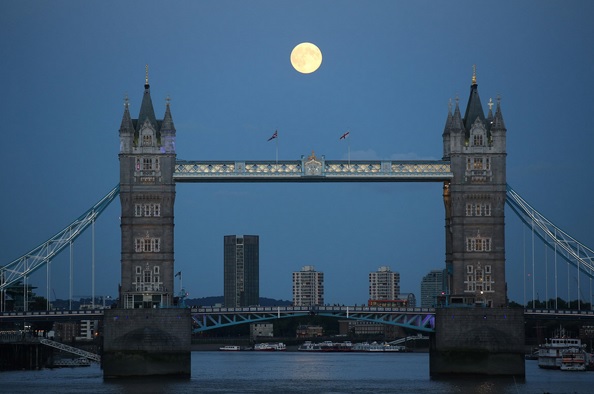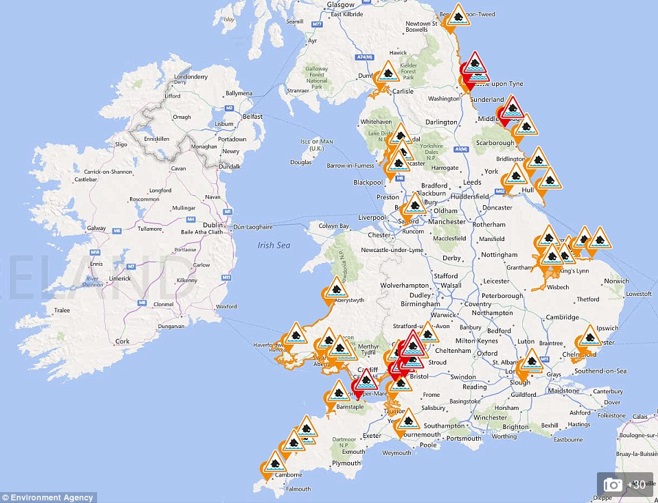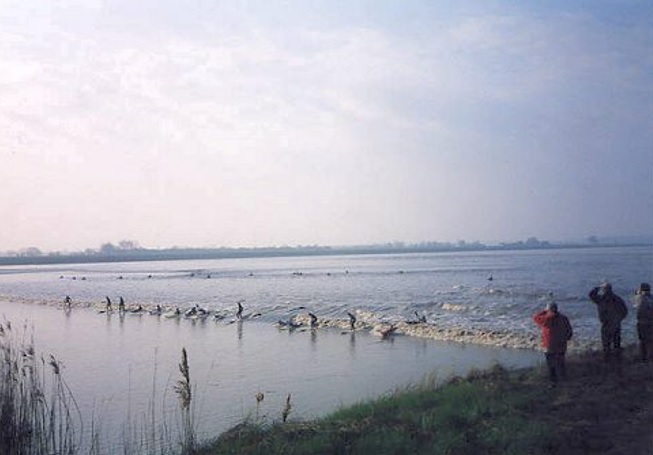Rare ‘Supermoon’ threatened flooding along UK coastline
Rare ‘Supermoon’ threatened flooding in the capital and along the UK coastline.
On Saturday, August 29 2015 the UK experienced a so-called ‘supermoon’ a popular term for when the moon is at its closest in its elliptical orbit around the Earth and appears full which triggers huge tides.

This then prompted the Environment Agency and Natural Resources Wales to issue 10 flood warnings and 44 flood alerts overnight, across the country but mainly for coastal areas and London.

Flood warnings have also been placed along the River Thames for the beginning of September which has caused a minor panic in the Capital, stretching across Limehouse, Rotherhithe, Greenwich and Three Mill Island in Bow it’s all down to the “supermoon”.
What is a “Supermoon”?
A Supermoon happens when there’s a full Moon or a new Moon at the same time as the Moon’s approach to its perigee – the point on its orbit closest to the Earth. It is also known as Super Full Moon, Super New Moon and Perigee Moon. The Moon is then the less than 360,000 kilometers (ca. 223,694 miles) from the center of the Earth.
What is a Supermoons’ effects on the tides?
Tides are governed by the gravitational pull of the moon and, to a lesser extent, the sun. Because the sun and moon go through different alignments, this affects the size of the tides.
When the gravitational pull of the sun and moon combine, we see larger than average tides – known as spring tides.
At the height of those increases, so the astronomical tide is at an 18-year peak – although this is only a few centimetres bigger than a more average spring tide, triggering a rare super tide.
While high tides generally in themselves do not lead to flooding, when they coincide with a combination of low pressure and strong winds higher than average tides are expected. This can lead to localised disruption to travel and some flooding of low-lying land and individual properties.
Natural phenomenon
The last super tide in the UK occurred on March 10, 1997 which saw thousands of people gathered on beaches in south west England to watch what is being called “the high tide of the century” which sent huge surge waves crashing onto beaches and along estuaries on both sides of the English Channel, to the delight of surfers and tourists.
Surfers also turned out to catch a rare high wave, or ‘bore’, on the River Severn caused by the tidal surge. The Severn’s impressive tidal range, the second highest in the world at up to 50ft, combined with its estuary shape creates the ideal conditions for the bore to form.
Water is funnelled into an increasingly narrow channel as the ride rises, and as it travels up the estuary is channelled into an ever-decreasing area, causing the huge waves.

To a lesser extent, earlier this year an unusually high tide following the solar eclipse caused water to seep over the banks of London’s river Thames. The Thames barrier was closed to protect London from the rising water levels.
At times like this the Environment Agency usually monitoring the situation closely alongside the Met Office and local authorities, and would issue further flood alerts and warnings if required. During these situations, ideally people should check their flood risk and keep up to date with the latest situation at https://www.gov.uk/check-if-youre-at-risk-of-flooding or follow @EnvAgency and #floodaware on Twitter for the latest flood updates.
There is quite a wait to see this natural phenomenon again as the next ‘supermoon’ will not take place until March 2033!